The intricate relationships of royals and their loyals
By Leah Scheitel
@Leah_Schei
The royal courts of Europe have been a cold place for women throughout history. A princess’s role was a political pawn, and they were often used as peace offerings and baby factories. With this lonely burden to bear, these women surrounded themselves with the other women of the court. The bonds they created were profound, complex and often more loyal than the relationships they had with their spouses.
If you take away all the royal traditions and pomp, at the very core of these relationships, is something to be celebrated and shared – women helping women. So in honour of International Women’s Day, here are two prime examples of friendship and loyalty in the European courts and how the female bond provided comfort when it was needed most.
Marie Antoinette and Marie Thérèse Louise of Savoy Princesse de Lamballe
When Marie Antoinette crossed over the border into France to marry Louis XVI in 1770 she was met with a large congregation of French diplomats. They quite literally stripped the 14-year-old girl of everything she had that was considered Austrian– her clothes, jewels, and even her beloved pug. Everything she donned from then onward was to be French to the core, including her friends. Soon, she had a large and devoted entourage of over a dozen ladies-in-waiting. Of these ladies, it was Marie Thérèse Louise of Savoy, Princesse de Lamballe who was her bestie. When Marie Antoinette’s husband took the throne, Marie Thérèse got a big promotion to Superintendent of the Queen’s household– a position that had sat empty for three decades because it was expensive and superfluous. It was also the highest possible rank for ladies-in-waiting of the day.
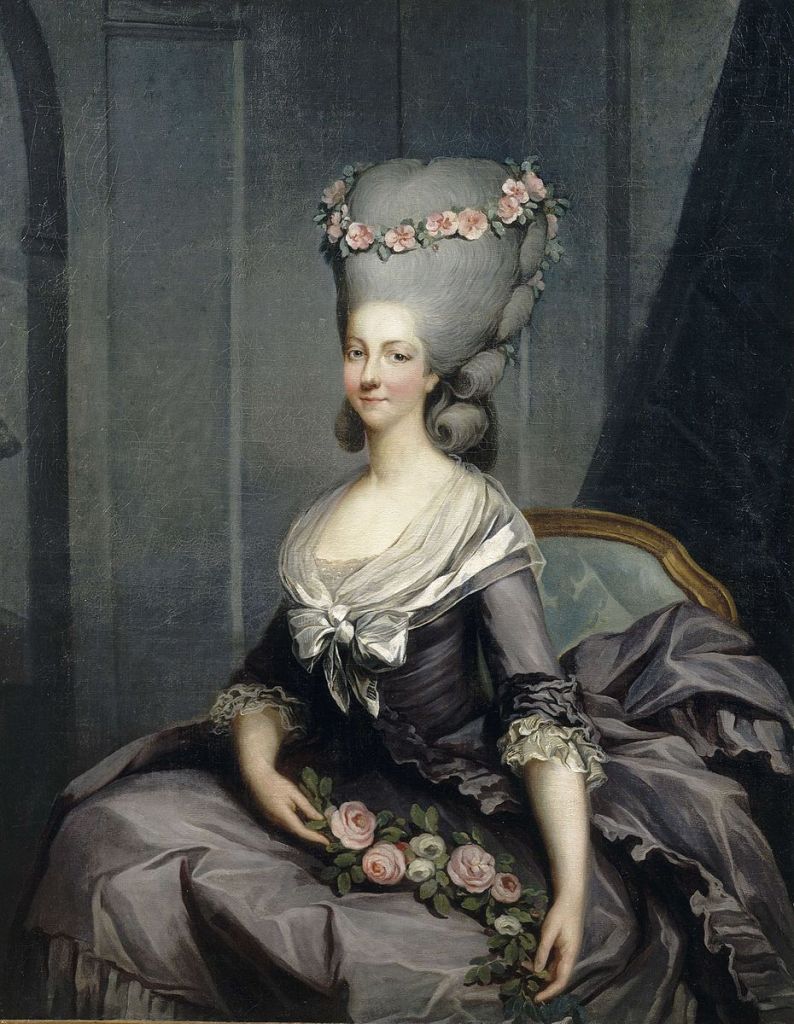
Marie Antoinette and Marie Thérèse remained friends throughout her twenty-year reign. While Marie Antoinette’s affections could be fickle and she had other favourites, such as the Duchess of Polignac, Antoinette would often turn to her old friend Marie Thérèse when the parties and socializing became too much. The two were constants for each other in a time of total chaos. During the French Revolution in August 1792, Marie Antoinette and Marie Thérèse were captured and imprisoned.
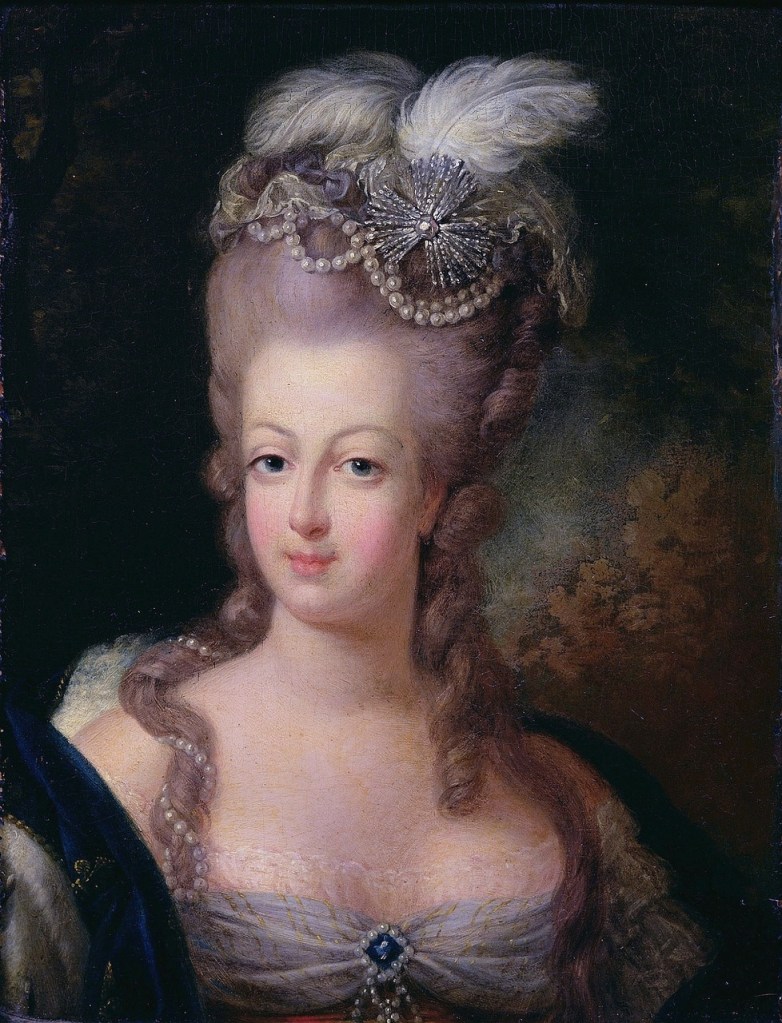
What happened to Marie Antoinette is more common knowledge. In October 1793, she was found guilty of treason and was guillotined in front of a massive crowd, who chanted “vive la république”. Her extravagance became a scapegoat for the French Revolution and her famous words of “let them eat cake” were never actually uttered, becoming one of the most famous misquotes of our time.
Marie Thérèse’s demise was more obscure, and what happened in her final moments is uncertain. During the September Massacres: a series of riots that resulted in over a thousand deaths – she faced a tribunal where she was asked to denounce her loyalty to the monarchy. The tribunal was known to be lenient on women, and in exchange for her freedom, she only had to publically swear against her old friend, something she could not do.
When she was asked to “Swear to Liberty and Equality, and hatred of the King and Queen,” she responded “Readily to the former but I cannot to the latter. It is not in my heart.” She was immediately taken to the street and killed by the angry mob that awaited outside and this is where the details get hazy. It was rumoured she was also brutally raped and her breasts were cut off during her murder, although that cannot be known for sure. What is known is her head was cut off after her murder and put on a spike and was paraded outside of Marie Antoinette’s window. Marie Thérèse suffered a horrible death for her loyalty to Marie Antoinette and the French monarchy. However, she is remembered for her devout friendship with the controversial French queen and is a prime illustration of helping other women, even when the cost is fatal.
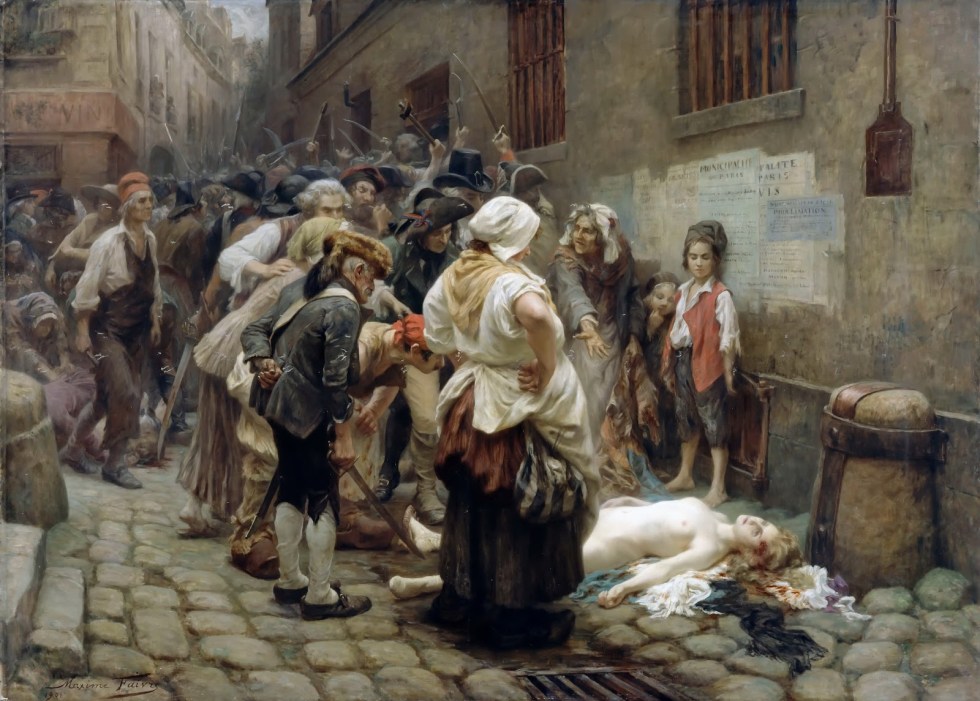
Princess Isabella of Parma and Christina Maria
When Princess Isabella of Parma first met her husband in 1760, Archduke Joseph of Austria, (and Marie Antoinette’s older brother) she was already married to him. The future Emperor and Empress of the Holy Roman Empire were wed by proxy sight unseen (take that “Love is Blind”) before Isabella was whisked from her home in Spain to Austria, away from her family, few friends and everything she had ever known.
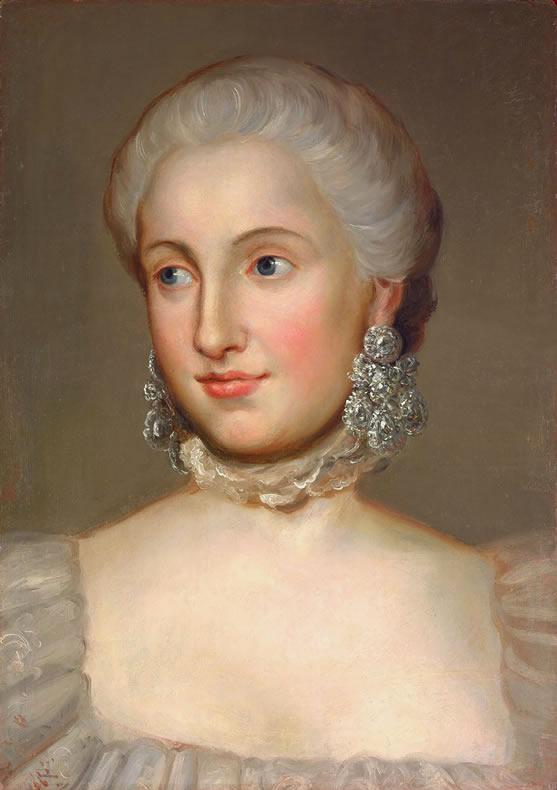
Isabella, rumoured to be melancholic by nature, didn’t seek solace or comfort in her husband who was infatuated and deeply enamored with her beauty. Instead, she found some happiness in another lady of the Austrian court: Maria Christina, her husband’s younger sister. The two royal women thoroughly enjoyed each other’s company, sharing long walks in the Imperial Gardens, painting portraits of each other, and expressing their feelings in long devoted letters to one another.
They shared over 200 letters, with Maria Christian being the only confidant Isabella felt comfortable to open up to.
“I love you madly,” Isabella wrote to her crush, “and I hope to kiss you well, also that I will be thrilled to see you, kiss you and be kissed by you.”
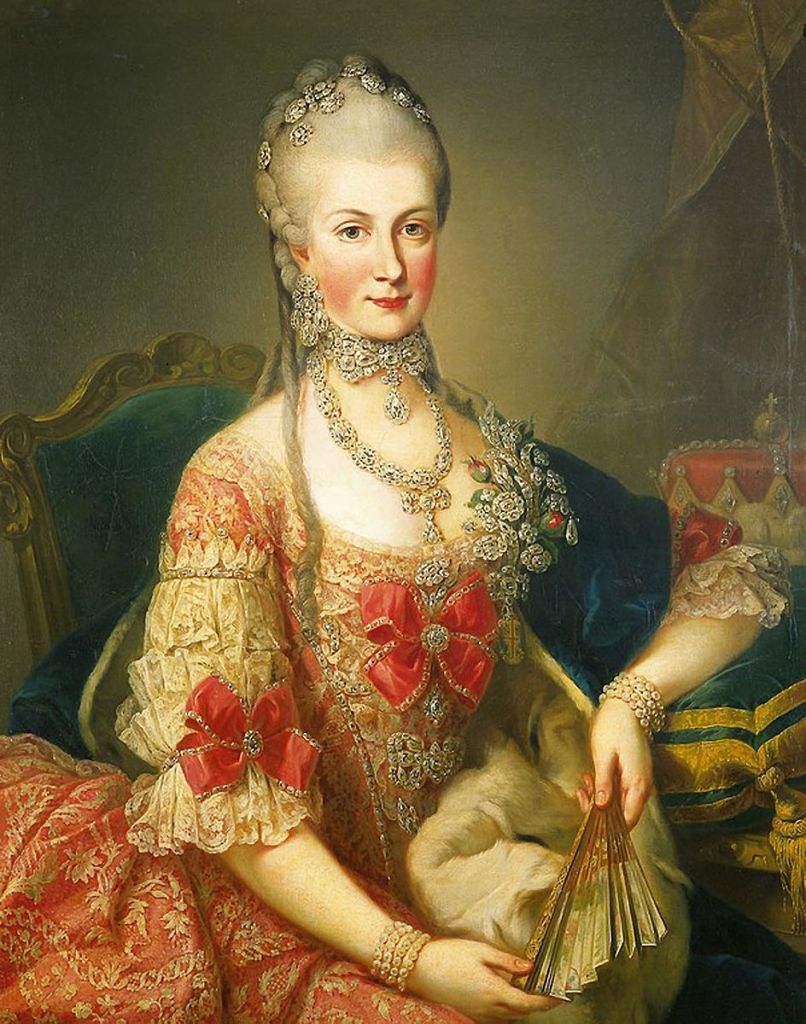
Maria Christina of Austria
Princess Isabella seemed to naturally bestow a more feminist ideology, often questioning the role of men in her own writings, citing men as “unnecessary animals”, “good for nothings” and “parasites of the human company” (a personal favourite). She never enjoyed the company of her husband, and feared sex with him, but did understand it was her duty to produce heirs, especially a male. She gave birth to her first child, a daughter in 1762 and delved into a deep depression. It was only to Maria Christina that she shared her thoughts of suicide, writing that “If one was permitted to kill one’s self, I would have already done it,” and continuing by saying “ I can tell you that I’m impatient to die at your bosom.”The death-obsessed Isabella would soon get her wish. She was pregnant when she contracted small-pox and died a week after giving birth to her second daughter, who she named Maria Christina in honour of her lover. She was only 21 when she died, and neither of her daughters survived childhood. While the letters Maria Christina sent to Isabella were destroyed, Maria Christina kept the letters she had received. Years later, she shared them with her husband, Prince Albert, Duke of Techen. Prince Albert released them to the public after Marie Christina’s death, alerting the public to the love affair of the Vienna court, and the melancholy lesbian princess at the centre of it.
Women helping and comforting women has been woven into history and is captured in these two stories. They didn’t have the happily-ever-after endings associated with royalty, but they did have something special that the men of the time couldn’t understand: an intricate and formidable female friendship. And while they could be stripped of their clothes, titles, happiness and ultimately lives, these friendships and loves were essential and therefore theirs to keep, even in death.

Leah Scheitel is a freelance writer and comedian based in Calgary, Alberta. She likes talking about dead presidents, her two cats, and how William Lyon Mackenzie King had three dogs – all named Pat. Find her on Insta, Twitter and Tinder or at LeahScheitel.com.




